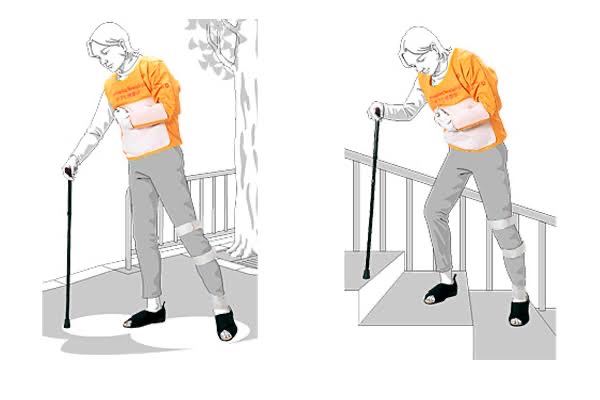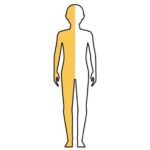Treatment options for hemiplegia depend on the cause of the hemiplegia and the severity of symptoms. People with hemiplegia often undergo multidisciplinary rehab involving physical therapists, rehabilitation therapists, and mental health professionals. But here are four treatments based on an extensive study and article from Healthline on the 27th of January, 2020.
Physiotherapy
Working with a physiotherapist allows people with hemiplegia to develop their balance ability, build strength, and coordinate movement. A physiotherapist can also help stretch out tight and spastic muscles.
Modified constraint-induced movement therapy (mCIMT)
Modified constraint-induced movement therapy involves restraining the side of your body unaffected by hemiplegia. This treatment option forces your weaker side to compensate and aims to improve your muscle control and mobility. One small study published in 2018 concluded that including mCIMT in stroke rehabilitation may be more effective than traditional therapies alone.
Assistive devices
Some physical therapists may recommend the use of a brace, cane, wheelchair, or walker. Using an assistive device, this may help improve muscular control and mobility. It’s a good idea to consult a healthcare professional to find which device is best for you. They may also recommend modifications you can make to your home such as raised toilet seats, ramps, and grab bars.
Mental imagery
Imagining moving the paralyzed half of your body may help activate the parts of the brain responsible for movement. Mental imagery is often paired with other therapies and is rarely used by itself. One meta-analysis looking at the results of 23 studies found that mental imagery may be an effective treatment option for regaining strength when combined with physical therapy.



